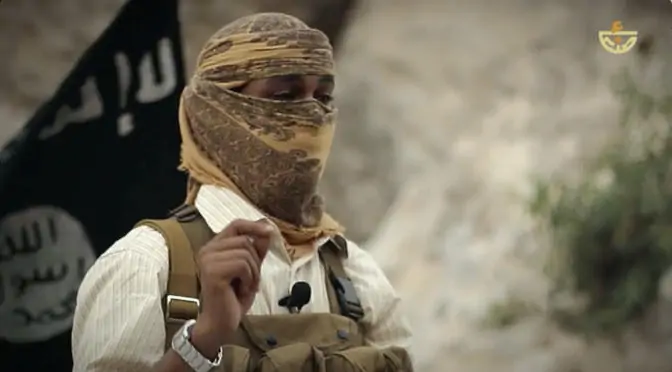What is the current state of play for the Islamic State in Libya, and, most importantly, how can it evolve? The question is increasingly relevant considering the rising possibility of an international intervention in Libya against the Islamic State, a complex matter considering notably the questioned domestic legitimacy of the new U.N.-prompted Government of National Authority (GNA) (e.g. APA, “Libya unity gov’t approval postponed indefinitely“, 19 April 2016), despite strong pressure imposed on Libyans to recognise it, such as the U.S. President “Executive Order — Blocking Property And Suspending Entry Into The United States Of Persons Contributing To The Situation In Libya” (White House, 19 April 2016). Is the Islamic State’s threat in Libya hyped and “not a realistic fallback” for a Khilafah, furthermore …
Continue reading “The Islamic State in Libya – Force, Fighters and Tribes”











